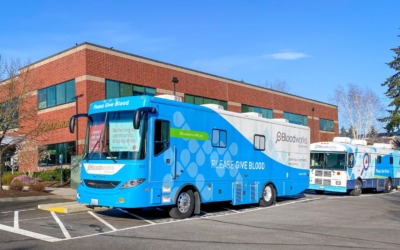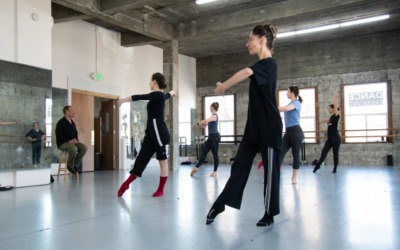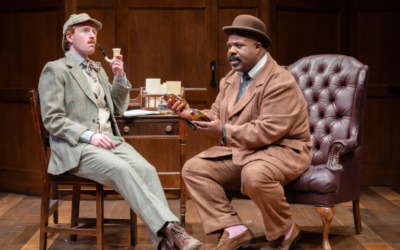By Kristine Kim, UW News Lab
Seattle residents can get up to four free trees from the city of Seattle through the Trees for Neighborhoods program. This year’s Seattle reLeaf brings its focus to five neighborhoods: Greenwood, Georgetown, Meadowbrook, Rainier Beach and South Park.
The project is part of the city’s plan for building an urban forest. So far, the program has been in place for four years, focusing on different neighborhoods each year based on how much tree coverage each one has. In the Urban Forest Management Plan, the city is aiming for an overall tree canopy cover of 30 percent by the year 2037. Greenwood currently has a tree canopy of about 20.6 percent.
“Urbanity eats away at the canopy,” Rob Fellows, president of the Greenwood Community Council, said in an email. “I like it when the city gives trees away to people because it helps people make their yards beautiful while enhancing the city’s overall greenery.”
But increasing tree canopy coverage isn’t the only goal of reLeaf.
“What’s important about the Trees for Neighborhoods program is not only that it works toward the 30 percent tree coverage, but you have reduced storm water, cleaner air and water, and more carbon storage,” said Kim Frappier, an urban-forestry project associate at Forterra, a company contracted by the city to help manage the program. “There are also the benefits of building community. People are more likely to spend time outdoors in neighborhoods where there’s a healthy tree canopy. It creates opportunity to build a stronger sense of neighborhood.”
Since it started, the project has provided about 2,300 trees to 900 households. Participants can receive up to four trees. Included are watering bags and training on how to take care of the plants. The species of trees available depends on what is available commercially, and are grown by a local nursery.
According to Frappier, the program recommends that those with lots of room in their yards opt for evergreen trees. Large conifers like the western red cedar or the leaping Alaska cedar have the most environmental impact as far as carbon storage and reducing storm water go. But for those with smaller yards, trees with wide leaves are still useful contributions to the city’s green canopy.
Teresa Damaske, a Greenwood resident who has participated in reLeaf in the past, cited the simplicity of the process. Last year she received four trees for her yard and the planting strip in front of her home. She has been approved for one more tree this year.
Although residents need a permit to plant trees in the sidewalk strip, the city makes that requirement easy. “They do it for you,” said Damaske, though applications for street trees are due earlier for processing.
Greenwood resident Teresa Damaske talks about her experience with the Seattle reLeaf program.
“I can’t think of any disadvantages of participating,” Frappier said. “We try to help the program participants be as successful as possible through workshops and follow-up emails on tree care. The success of the program is in the hands of the people who participate.”
For more information see the Seattle reLeaf website. For street trees, applications are due by Sept. 1 to allow for permit processing. For yard trees, applications are due by Oct. 21. Distribution of the trees starts on Oct. 27.
(Kristine Kim is a student in the University of Washington Department of Communications News Laboratory.)




